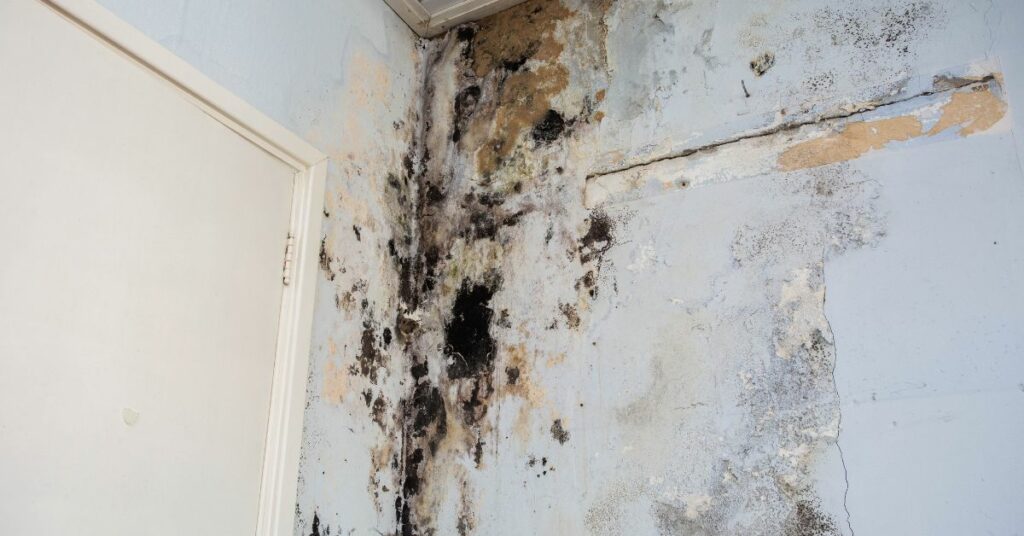When it comes to indoor fungi, mold and mildew are two common terms often used interchangeably. However, they are distinct types of fungi with unique characteristics, behaviors, and impacts on indoor environments. Understanding the differences between mold and mildew is essential for effective identification, prevention, and remediation efforts.
Characteristics of Mold and Mildew
| Characteristics | Mold | Mildew |
|---|---|---|
| Appearance | Fuzzy or slimy texture; usually appears black, green, blue, or white in color | Powdery or fluffy texture; typically appears as white, gray, or yellow patches, often on damp surfaces |
| Growth Conditions | Thrives in moist environments with high humidity levels; commonly found on organic materials such as wood, drywall, and fabric | Flourishes in warm, humid conditions; often develops on damp surfaces like bathroom walls, shower curtains, and fabrics |
| Health Impacts | Can cause allergic reactions, respiratory issues, and other health problems, particularly in sensitive individuals | Generally less harmful than mold, but may trigger allergies and respiratory discomfort in some individuals |
| Remediation | Requires thorough remediation efforts to remove all traces and address underlying moisture issues | Typically responds well to surface cleaning with commercial mildew cleaners and improved ventilation |
Distinguishing Between Mold and Mildew
Mold and mildew exhibit distinct physical characteristics and growth patterns that can aid in their differentiation:
- Appearance: Mold often appears as fuzzy patches with various colors, while mildew typically presents as powdery or fluffy growths in white, gray, or yellow hues.
- Location: Mold tends to grow on organic materials like wood, drywall, and fabric in areas with persistent moisture, while mildew is commonly found on damp surfaces such as bathroom walls, shower curtains, and fabrics.
- Texture: Mold generally has a fuzzy or slimy texture, while mildew has a powdery or fluffy consistency.
Impact on Indoor Environments
While both mold and mildew can negatively impact indoor air quality and pose health risks, mold is generally considered more harmful due to its potential to produce toxic substances called mycotoxins. Exposure to mold spores and mycotoxins can lead to allergic reactions, respiratory issues, and other health problems, particularly in individuals with compromised immune systems.

Conclusion
Understanding the differences between mold and mildew is crucial for effective identification, prevention, and remediation strategies. By recognizing their unique characteristics and growth patterns, homeowners can implement proactive measures to mitigate moisture issues, maintain indoor air quality, and create healthier living environments. Whether dealing with mold or mildew, prompt action is essential to prevent their proliferation and minimize their impact on indoor spaces.
